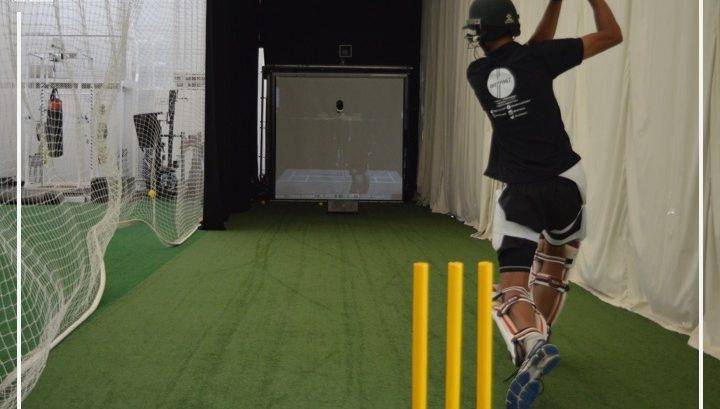The game of cricket is simple yet interesting due to the complex factors involved in a game that seemingly is simple enough, considering its main focus revolves around striking a ball with a bat.
However, the game today has changed with the modern game upgrading various parts of the sport. Consider aerodynamics, involved due to swing and spin of the ball, meteorology to understand weather, humidity, sunlight, as they impact the game, the law enforced through judicious decisions of the umpires, care of soil, grass for the pitches, mathematics and statistics play in score keeping, projected scores and forecasting, Safety, health and fitness as well as sports sciences have all played a part in evolving the game.
The technology of broadcasting involves high resolution cameras, slow motion, hawk eye, snick meter, stump cam, spider cam etc. The involvement of business objectives, marketing and advertising - associated with the game - is immense. Training, coaching, learning is other phenomenon associated with the game. Bio-mechanics, medical science are other fields that the game is now associated with. IT software’s were being used for planning and analysis. Event management to organise the mega events and the understanding of the finances by board officials makes cricket functional.
In its simplicity, 100 years ago, cricket only involved leather for ball and gloves, wood for the bats and cotton uniform. Now this sport has evolved into a modern game with colored kits, IT supported plans, expert trained coaches, broadcast at close quarters all over the world. Technology in the field is being used to make decisions about run outs, stumping, no balls, clean catches, boundary decisions, LBW and caught behind. These technological advances have made the game fair and acrimony free. Credit goes to the ICC and its associated members who have kept up with the times to make cricket into the modern game it is today.
The future might see bats with sensors and AI technology to understand the playing style of the batsman, a computer chip inside the ball to measure and understand the spin and swing of the ball. It could also be used to monitor clean catches off the ground. Smart T-shirts to measure various body parameters, controlling sweat and heat. Shoes with computer tags to give no balls and to measure the running speeds, as well as distance covered.
The boundary of the cricketing field could be marked in the third dimension, which could perhaps make the judgment on boundary catching and sixes, easier. Self-adjustable body protective gear could perhaps enhance safety and movement, both at the same time. The communication between the 11 players could perhaps be made possible with simple communication devices on field.
The strategy of individual players as well as the strategy adopted collectively as a team of 11 players could be analyzed and countered. Planning, strategy, analysis would perhaps be done in new ways. Augmented reality could be used to simulate playing before a certain difficult bowler. It could enhance training environments in different conditions and weather. Umpires could have smart tabs giving laws and rules of the game in seconds. Perhaps through advanced sensing and imaging technology all decisions could still be made by on field umpires.
The way in which cricket has evolved over the past 100 years shows immense changes occurring in the world. The simplicity, tranquility and peaceful nature of the game, has been transformed into a fast, headlong, high pressure game for runs and wickets. This evolution has happened not only cricket but perhaps in all other life activities as well. For good or bad technology is part of human life and is going to play an even greater role in the future.






